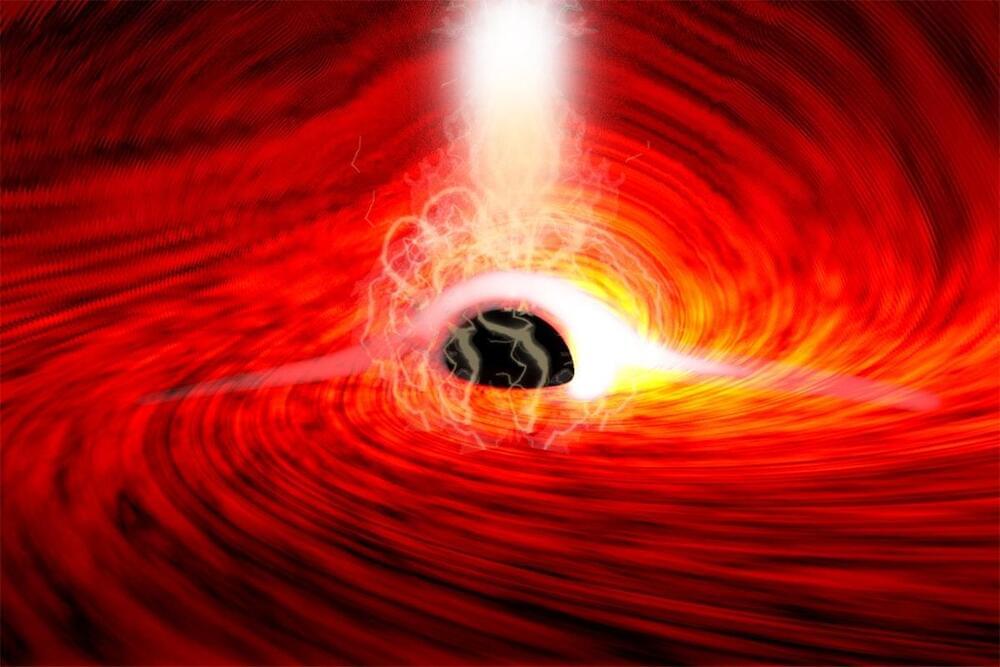
Category: cosmology – Page 272

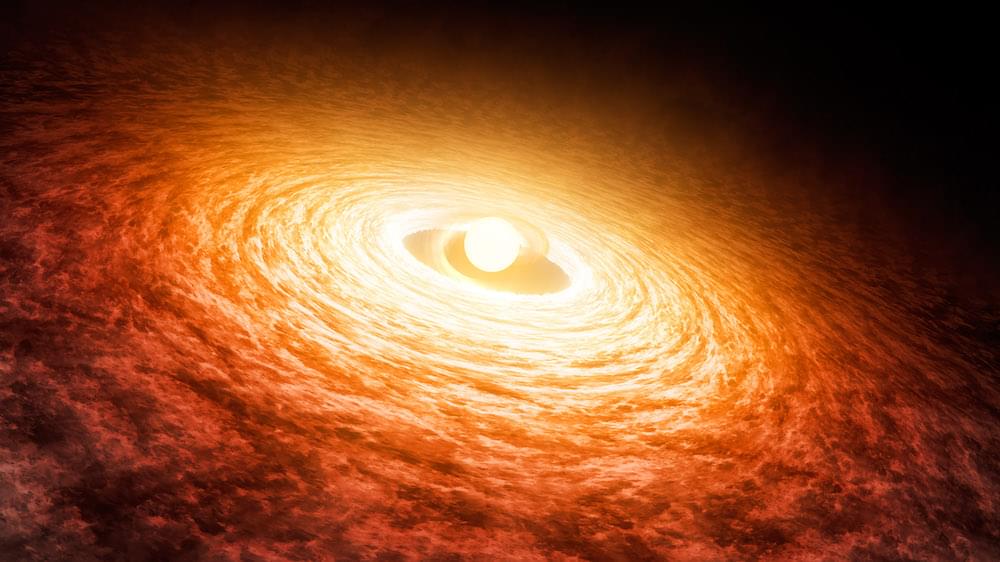
The physics of accretion: How the universe pulled itself together
To form a celestial object, start with a gas cloud and add gravity. Then, it gets complicated.
Accretion is one of the most fundamental processes in the cosmos. It is a universal phenomenon triggered by gravity, and the process by which bits of matter accumulate and coalesce with more bits of matter. It works inexorably on all scales to attract and affix smaller things to bigger things, from the tiniest dust grains to supermassive black holes.
Accretion creates everything there is: galaxies, stars, planets, and eventually, us. It is the reason the universe is filled with a whole bunch of somethings instead of a whole lot of nothing.
The fact that matter tends to glom together may seem intuitive. But to scientists, accretion remains a mysterious topic, filled with unanswered questions.
The dark matter hypothesis isn’t perfect, but the alternatives are worse
But the dark matter hypothesis isn’t perfect. Computer simulations of the growth of galaxies suggest that dark-matter-dominated galaxies should have incredibly high densities in their centers. Observations of real galaxies do show higher densities in their cores, but not nearly enough as those simulations predicted. Also, simulations of dark matter evolving in the universe predict that every galaxy should have hundreds of smaller satellites, while observations consistently come up short.
Given that the dark matter hypothesis isn’t perfect — and that we have no direct evidence for the existence of any candidate particles — it’s worth exploring other options.
One such option was introduced back in the 1970s alongside the original dark matter idea, when astronomer Vera Rubin first discovered the problem of stars moving too quickly inside galaxies. But instead of adding a new ingredient to the universe, the alternative changes the recipe by altering how gravity works at galactic scales. The original idea is called MOND, for “modified Newtonian dynamics,” but the name also applies to the general family of theories descended from that original concept.
Futureseek Daily Link Review; 05 August 2022
* At Long Last, Mathematical Proof That Black Holes Are Stable * Who Gets to Work in the Digital Economy? * Mice produce rat sperm with technique that could help conservation.
* Quantum computer can simulate infinitely many chaotic particles * Radar / AI & ML: Scaling False Peaks * Cyber security for the human world | George Loukas | TEDx.
* Can Airbnb Outperform a Potential Recession? | WSJ * San Diego joins other cities in restricting cops’ use of surveillance technology * Blue Origin launches crew of 6 to suborbital space, nails landings.

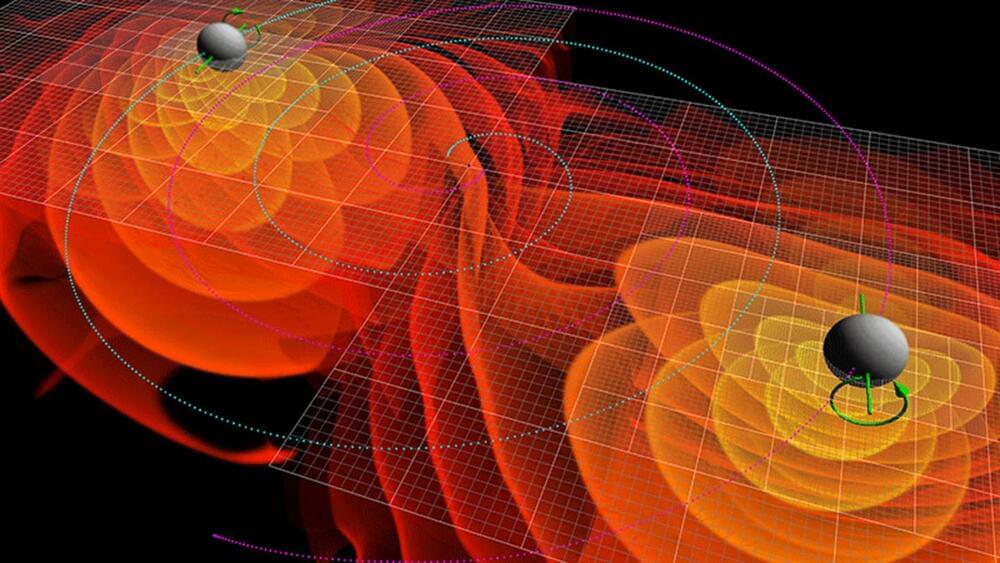

Time is the increase of order, not disorder
The received view in physics is that the direction of time is provided by the second law of thermodynamics, according to which the passage of time is measured by ever-increasing disorder in the universe. This view, Julian Barbour argues, is wrong. If we reject Newton’s faulty assumptions about the existence of absolute space and time, Newtonian dynamics can be shown to provide a very different arrow of time. Its direction, according to this theory, is given by the increase in the complexity and order of a system of particles, exactly the opposite of what the received view about time suggests.
Two of the most established beliefs of contemporary cosmology are that the universe is expanding and that the direction of the arrow of time in the universe is defined by ever-increasing disorder (entropy), as described by the second law of thermodynamics. But both of these beliefs rest on shaky ground. In saying that the universe is expanding, physicists implicitly assume its size is measured by a rod that exists outside the universe, providing an absolute scale. It’s the last vestige of Newton’s absolute space and should have no place in modern cosmology. And in claiming that entropy is what gives time its arrow, physicists uncritically apply the laws of thermodynamics, originally discovered through the study of steam engines, to the universe as a whole. That too needs to be questioned.

Einstein and why the block universe is a mistake Read more In the absence of an absolute space and external measuring rods, size is always relative — relative to a measure of distance internal to the system. Starting from the simplest case, a triangle, what we find is that the internal measure of size produces a ratio which also happens to be related to a mathematical measure of complexity that intriguingly plays the central role in Newtonian universal gravitation. Applying these findings to the universe as a whole, we find that Newton’s theory of gravity, contrary to what physicists believe, contains within it an intrinsic arrow of time. This provides a strong hint that the direction of time is not defined by an increase in entropy, but by an increase in structure and complexity.
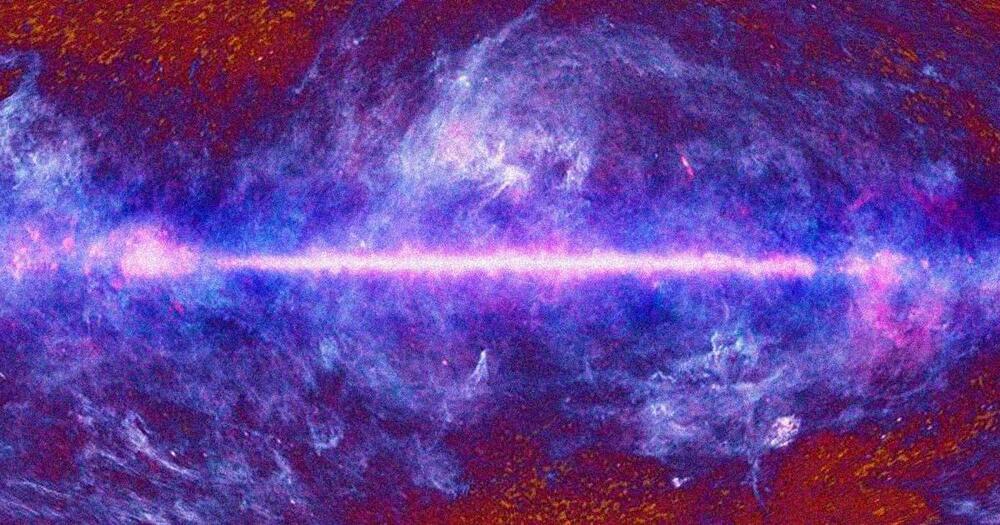
Scientists Just Detected the Oldest Dark Matter Ever Observed
Scientists at Nagoya University in Japan claim to have discovered dark matter that dates back 12 billion years ago, which would make it the earliest observation of the hypothetical substance to date.
Their findings — as detailed in a new paper published in the journal Physical Review Letters — could potentially offer some tantalizing answers about the nature of the universe.
Until now, observations of dark matter only went as far back as ten billion years. Any further than that, and the light was too faint to observe.
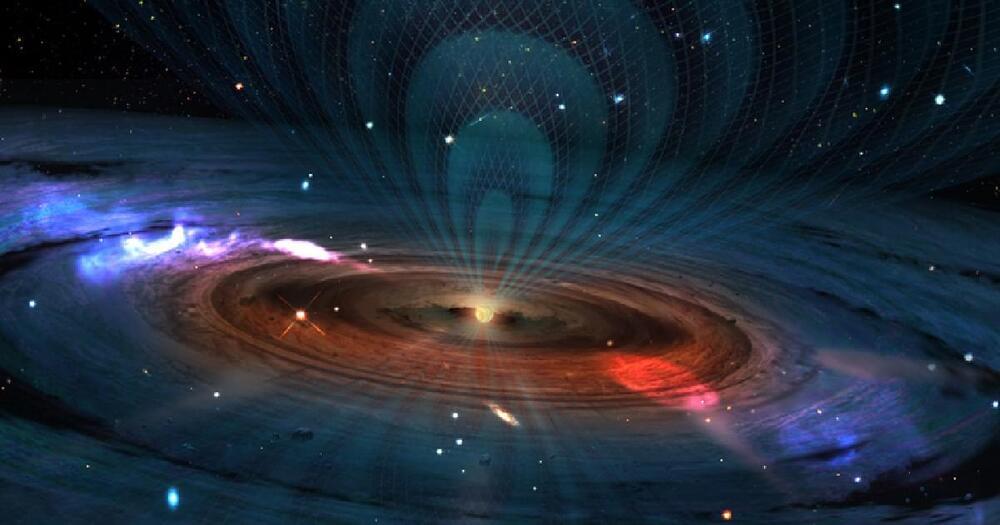
The Universe: Space Weapons Prepare for War (S4, E8) | Full Episode | History
Outer space is already an essential part of America’s ability to fight wars. Our military depends on satellites for many things, such as communications, reconnaissance and targeting information. See more in Season 4, Episode 8, “Space Wars.”
#TheUniverse.
Subscribe for more from The Universe and other great The HISTORY Channel shows:
http://histv.co/SubscribeHistoryYT
Find out more about the show and watch full episodes on our site:
http://www.history.com/shows/
Check out exclusive The HISTORY Channel content:
History Newsletter: www.history.com/newsletter.
Website — http://www.history.com.
Facebook — https://www.facebook.com/History.
Twitter — https://twitter.com/history.
The HISTORY® Channel is the leading destination for award-winning original series and specials that connect viewers with history in an informative, immersive, and entertaining manner across all platforms. The network’s all-original programming slate features a roster of hit series, premium documentaries, and scripted event programming.